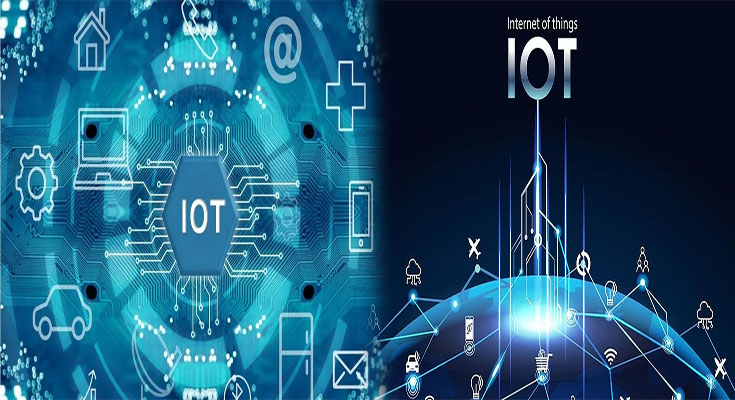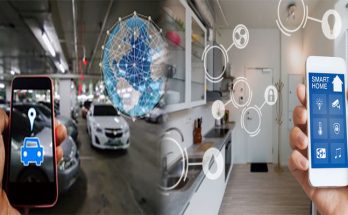The Internet of Things (IoT) is about connecting any device to the internet and enabling it to transmit data in real time without human intervention. This technology makes it possible for users to control their smart connected devices anywhere in the world, using their mobile devices. Smart connected devices can also be operated remotely using mobile applications.
Common applications
The Internet of Things (IoT) is an upcoming technology that can be used to automate repetitive tasks in industries. By using sensors on manufacturing equipment, IoT can monitor efficiency and ensure the safety of workers. The technology has already found use in many industries, including manufacturing and hospitality. For example, IoT can help the hospitality industry to cut costs and streamline interactions. One such example is the use of mobile electronic keys in hotels. This type of technology can help employees to check in and out of rooms more efficiently, which could mean reduced staffing costs and reduced interaction.
In addition to be a cost-effective way to save money, IoT technology can also be used in emergency situations. For example, if a fire breaks out, the Internet of Things can warn emergency responders of a potentially devastating fire. Smart cities can also help alleviate traffic and address environmental concerns.
Common technologies
The Internet of Things (IoT) is a sensor network made up of billions of different smart devices. From small household appliances to large industrial tools, these objects all have unique identifiers and can communicate with each other. They also have the ability to collect and transmit data without any human help. The most prominent example of the IoT is the connected “smart home.” In this scenario, smart devices such as thermostats, doorbells, and smoke detectors can be remotely controlled from the internet.
The IoT is growing rapidly in size and scope and is already being used in everyday products. It can help businesses save money and improve productivity and can even provide new revenue streams. For instance, the IIoT can allow engine manufacturers to sell predictive maintenance to their customers.
Common protocols
Common protocols for the Internet of Things (IoT) are software and hardware interfaces that enable the exchange of data and extract useful information. These technologies are a vital part of the technology stack for IoT applications, as they make the deployment of IoT networks practical and cost-effective.
Among these technologies is DDS (Dynamic Data Service), a scalable and flexible protocol that ensures high performance and dependable data transfer. DDS is compatible with multiple hardware platforms and provides low-latency connectivity. Although DDS isn’t considered a true IoT standard, it is a good fit for applications like manufacturing, smart homes, and smart vehicles.
Common devices
The Internet of Things (IoT) system collects data from people, objects, and the environment. This data is then transmitted to other connected devices. Each device needs its own internet presence to be part of the IoT ecosystem. It also needs to be secure. If hacked, these smart devices can affect production lines, shut down factories, and even cause shipwrecks.
Common applications for IoT include automating repetitive tasks in manufacturing. Sensors on machines can monitor production efficiency, monitor inventory, and provide information to improve operations. IoT solutions can also increase the safety of production lines.





